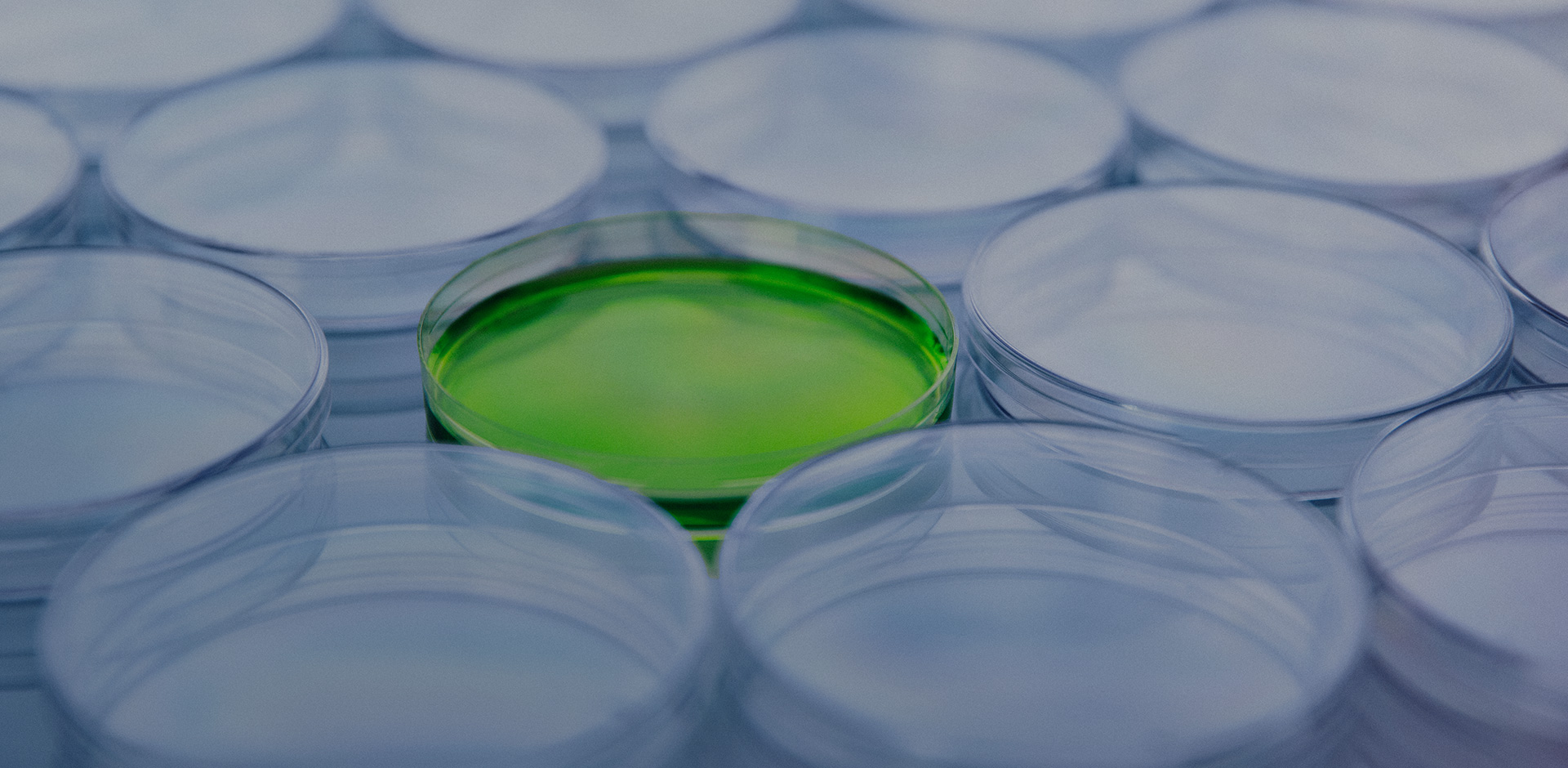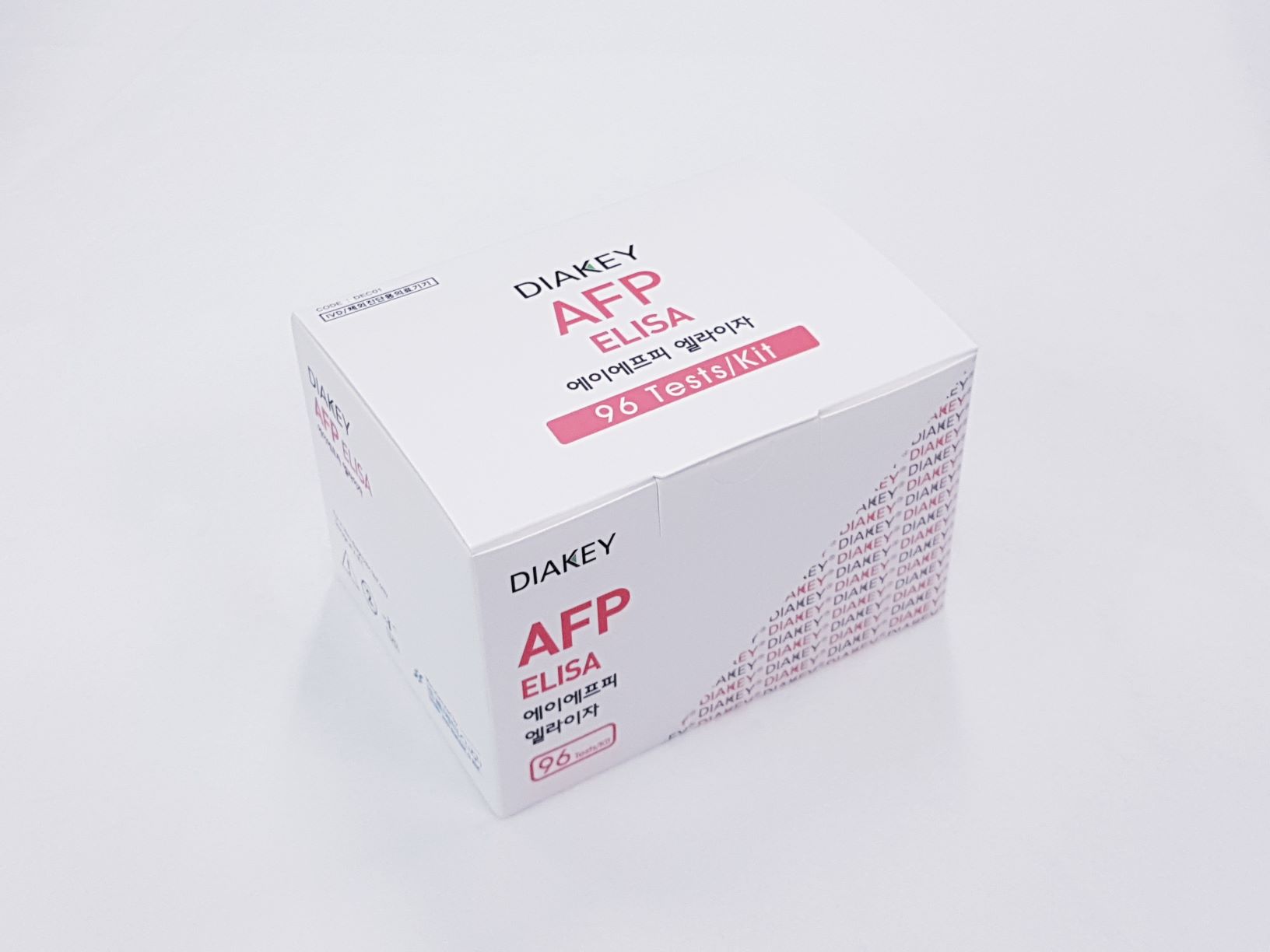DIAKEY AFP ELISA
Enzyme immunometric assay for quantitative determination of alpha-fetoprotein (AFP) in human serum or plasma
Summary
-
KFDA Registration No
14-3049
-
CAT No
DEC01
-
TEST METHOD
ELISA
-
SAMPLE VOLUME
50 ul
-
INCUBATION TIME
30'+30'+10'RT
-
STD RANGE
0-200 ng/ml
Download File
Intended Use
Alpha-Fetoprotein (AFP) is a glycoprotein of about 65.000 daltons molecular weight synthesized by the parenchymal cells of the fetal liver and the yolk sac. The properties and amino acid composition are similar to those of albumin. Synthesis of AFP occurs primarily in the liver and yolk sac of the fetus. The AFP level increases progressively as pregnancy progresses and reaches a peak at about the 14th week in the fetal serum and the 30th week in the maternal serum; it then progressively decreases. Elevated serum AFP levels subsequently reappear during pregnancy and in conjunction with several malignant diseases.
Use Precaution
Be careful when handling all samples, reagents, or devices used in the test as they may be the source of infection.
All reagents, human body samples, etc. are handled at the designated location.
- Do not use mixed reagents from different lots.
- Do not use reagents beyond the expiration date.
- Use distilled water stored in clean container.
- Use an individual disposable tip for each sample and reagent, to prevent the possible cross-contamination among the samples.
- Rapidly dispense reagents during the assay, not to let wells dry out.
- Wear disposable globes while handling the kit reagents and wash hands thoroughly afterwards
- Do not pipette by mouth.
- Do not smoke, eat or drink in areas where specimens or kit reagents are handle.
- Handle samples, reagents and loboratory equipments used for assy with extreme care, as they may potentially contain infectious agents.
- When samples or reagents happen to be spilt, wash carefully with a 1% sodium hypochlorite solution.
- Dispose of this cleaning liquid and also such used washing cloth or tissue paper with care, as they may also contain infectious agents.
- Avoid microbial contamination when the reagent vial be eventually opend or the contents be handled.
- Use only for IN VITRO.

